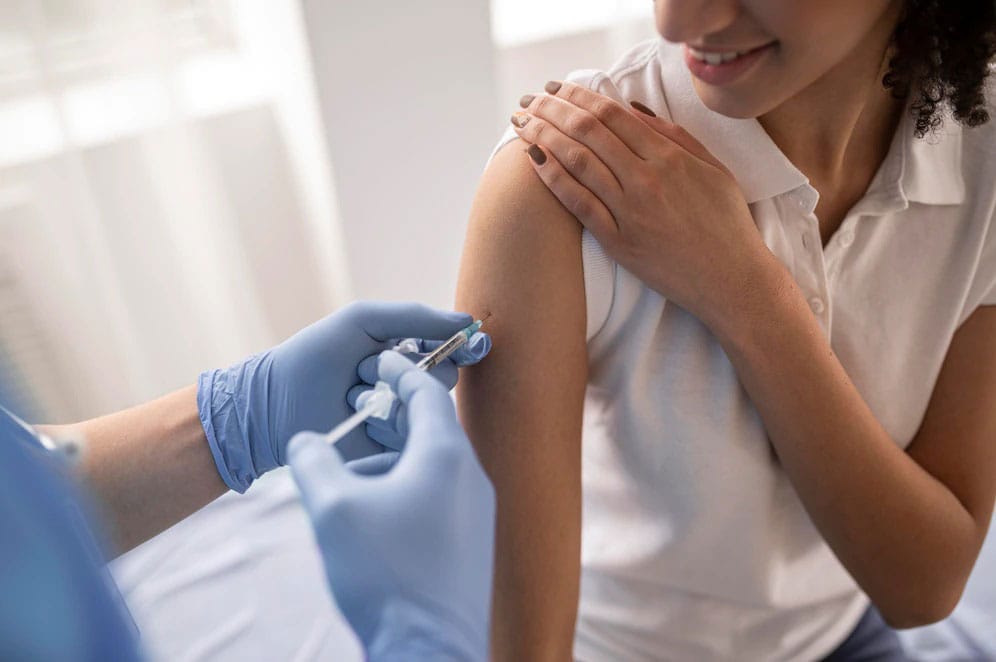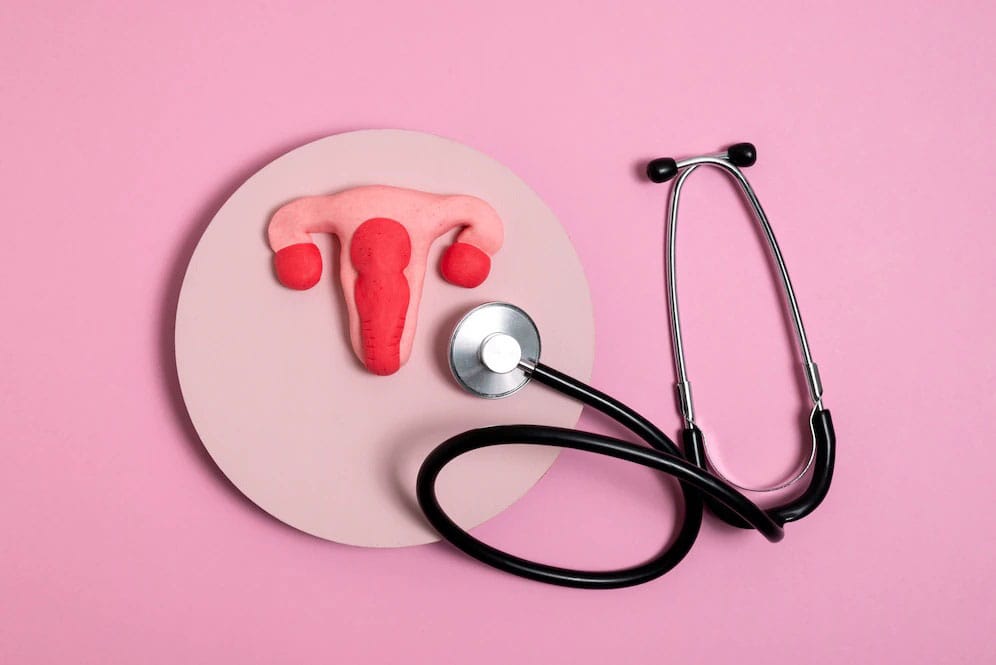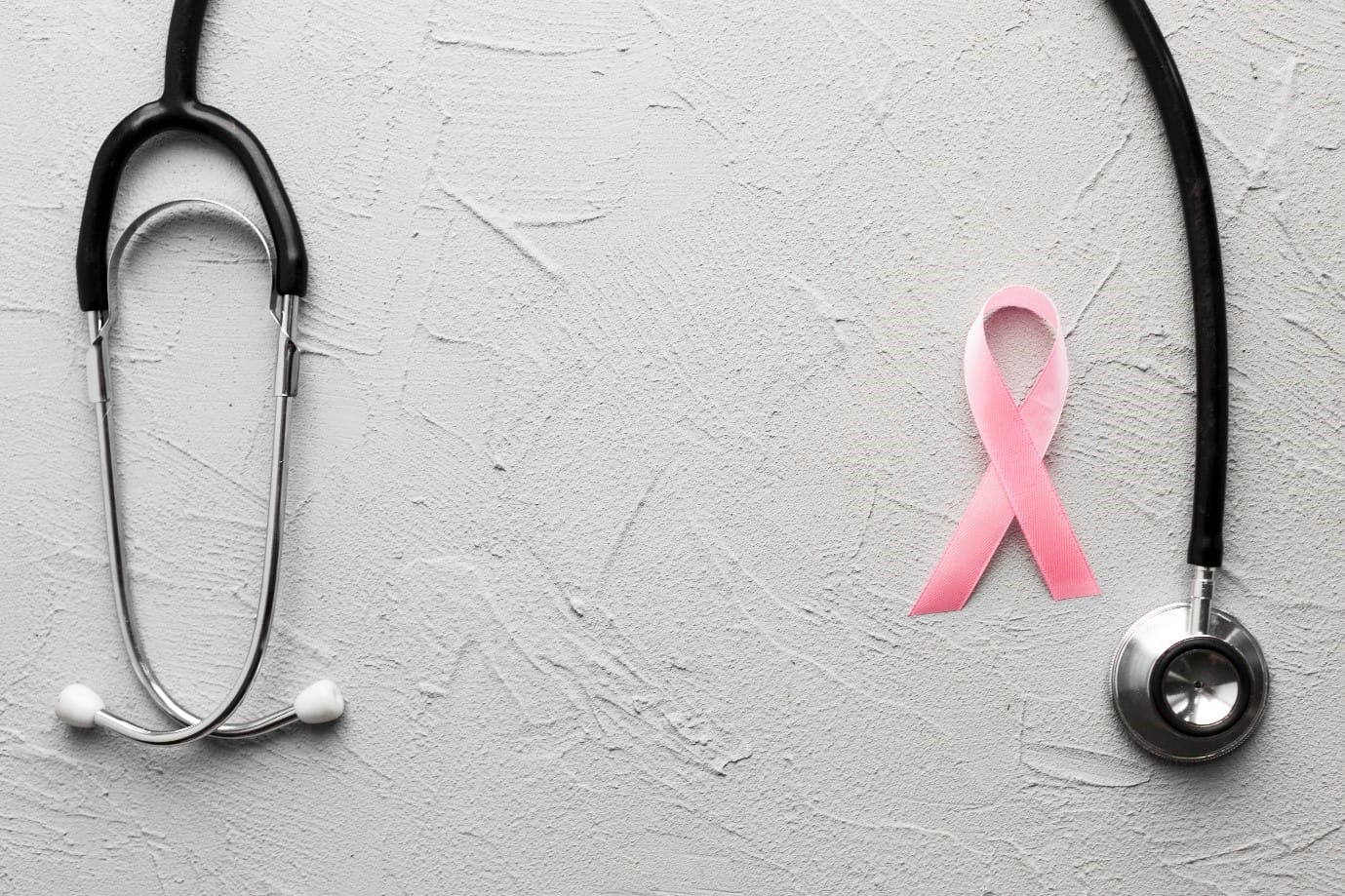Cancer Prevention: Protecting Women’s Health Through Vaccination, Screening, and Treatment
Cancer is a devastating disease that affects millions of people worldwide, and women are particularly vulnerable to certain types of cancer. Fortunately, there are many strategies available to help prevent and treat cancer in women, including vaccination, screening, and treatment. In this article, we will explore the importance of cancer prevention for women’s health, and discuss some of the key methods available to help reduce the risk of developing cancer. From vaccines that protect against cervical cancer to regular screenings for breast and ovarian cancer, there are many steps that women can take to stay healthy and reduce their risk of cancer. Whether you are looking to prevent cancer or seeking treatment for an existing diagnosis, understanding the options available to you is essential for maintaining good health and well-being.
Understanding Cervical Cancer and the Importance of Prevention
Cervical cancer is a type of cancer that affects the cervix, the lower part of the uterus that connects to the vagina. It is caused by the human papillomavirus (HPV), a sexually transmitted infection that is very common. While most cases of HPV do not lead to cancer, some strains of the virus can cause abnormal changes in the cells of the cervix, which can eventually lead to cancer if left untreated.
Cervical cancer is one of the most preventable types of cancer, and regular screening and vaccination are crucial for early detection and prevention. The Pap smear test, also known as a Pap test, is the most common screening method for cervical cancer. During a Pap test, a sample of cells is collected from the cervix and examined under a microscope for any abnormal changes.
The HPV vaccine is also a highly effective tool for preventing cervical cancer. The vaccine is recommended for girls and boys starting at age 11 or 12, and can also be given to women up to age 45 and men up to age 26. The vaccine is most effective when given before a person becomes sexually active and is exposed to HPV.
Early detection and treatment of cervical cancer are also important for preventing the spread of the disease. Treatment options for cervical cancer may include surgery, radiation therapy, chemotherapy, or a combination of these approaches. The specific treatment plan will depend on the stage and type of cancer, as well as the patient’s overall health and other factors.
Overall, understanding the risks and importance of prevention is key to protecting women’s health and reducing the incidence of cervical cancer. By staying up-to-date on screening and vaccination recommendations and seeking prompt medical attention for any concerning symptoms, women can take important steps toward preventing and managing cervical cancer.
The Role of Vaccination in Cervical Cancer Prevention
Cervical cancer is a leading cause of cancer-related deaths among women worldwide, but it is largely preventable through vaccination against human papillomavirus (HPV). HPV is a sexually transmitted infection that can cause changes to the cells in the cervix that can lead to cancer.
The HPV vaccine is recommended for girls and boys between the ages of 9 and 14, although it can be given to individuals up to age 26. The vaccine works by helping the body develop immunity to HPV, which can prevent infection and reduce the risk of developing cervical cancer.
There are currently three HPV vaccines approved for use in the United States: Gardasil, Gardasil 9, and Cervarix. All three vaccines protect against the two strains of HPV responsible for most cases of cervical cancer, while Gardasil and Gardasil 9 also protect against two other strains of HPV that can cause genital warts.
While the HPV vaccine is highly effective at preventing HPV infection and reducing the risk of cervical cancer, it is important to note that it does not protect against all strains of HPV that can cause cervical cancer. Therefore, it is still important for women to undergo regular cervical cancer screenings to detect any abnormalities early on and receive appropriate treatment.
Overall, vaccination against HPV is a crucial component of cervical cancer prevention efforts. By protecting against HPV infection, individuals can significantly reduce their risk of developing cervical cancer and protect their long-term health.
Screening for Cervical, Uterine, and Ovarian Cancer: What You Need to Know
Cervical, uterine, and ovarian cancers are serious conditions that can affect women of all ages. However, with regular screening, these cancers can often be detected early and treated effectively. Screening is an important part of cancer prevention, as it can help to identify abnormalities in the cervix, uterus, and ovaries before they develop into cancerous cells.
Cervical cancer screening typically involves a Pap test, which is a simple and painless procedure that collects a sample of cells from the cervix. This sample is then sent to a laboratory for analysis, where it is checked for abnormal cells. In addition to the Pap test, a healthcare provider may also recommend an HPV test, which checks for the presence of the human papillomavirus (HPV), a common virus that can cause cervical cancer.
Uterine cancer screening may involve a transvaginal ultrasound, which uses high-frequency sound waves to create images of the uterus and surrounding tissues. In some cases, a biopsy may also be necessary to check for abnormal cells in the lining of the uterus.
Ovarian cancer screening is more challenging, as there is currently no reliable screening test available. However, a healthcare provider may recommend an ultrasound or blood test to check for certain markers that may indicate the presence of ovarian cancer.
It is important to note that while screening can help to detect cancer early, it does not guarantee prevention or a cure. However, early detection can lead to more effective treatment and better outcomes. It is recommended that women discuss their screening options with their healthcare provider to determine the best approach based on their individual needs and risk factors.
Treatment Options for Cervical, Uterine, and Ovarian Cancer
When it comes to treating gynecological cancers like cervical, uterine, and ovarian cancer, there are several options available, depending on the stage of the cancer, the patient’s overall health, and other individual factors. Here are some of the most common treatment options:
- Surgery: Surgery is often the first line of treatment for gynecological cancers, and it involves removing the cancerous tissue from the affected organ. Depending on the stage and extent of the cancer, the surgery may involve removing just a portion of the organ (such as a portion of the cervix) or removing the entire organ (such as the uterus or ovaries). In some cases, lymph nodes in the surrounding area may also need to be removed.
- Radiation therapy: Radiation therapy uses high-energy radiation to kill cancer cells. It may be used alone or in combination with surgery or chemotherapy. There are two main types of radiation therapy: external beam radiation (which is delivered from a machine outside the body) and brachytherapy (which involves placing a radioactive source inside the body near the cancer).
- Chemotherapy: Chemotherapy is a treatment that uses drugs to kill cancer cells. It may be given before or after surgery, or in combination with radiation therapy. Chemotherapy drugs may be given orally (in pill form) or intravenously (through a vein).
- Hormone therapy: Hormone therapy is used to treat certain types of gynecological cancers (such as uterine or ovarian cancer) that are sensitive to hormones. It involves blocking or reducing the number of hormones in the body to slow or stop the growth of cancer cells.
- Targeted therapy: Targeted therapy is a newer type of cancer treatment that targets specific genes or proteins that are involved in the growth and spread of cancer cells. It may be used in combination with other treatments like chemotherapy or radiation therapy.
It’s important to note that each person’s treatment plan will be different, depending on their specific diagnosis and individual factors. Treatment may also involve a combination of these different approaches and may be adjusted over time as the cancer responds to treatment.
In conclusion, there are several treatment options available for gynecological cancers like cervical, uterine, and ovarian cancer. The choice of treatment will depend on a variety of factors, including the stage and extent of the cancer, the patient’s overall health, and other individual factors. It’s important to work closely with a team of healthcare professionals to determine the best treatment plan for each case.
The Importance of Regular Check-Ups for Women’s Health
Regular check-ups are an essential part of maintaining women’s health, and they play an important role in preventing and detecting many health conditions. By visiting a healthcare provider regularly, women can stay up-to-date on recommended screenings and vaccinations, identify potential health issues early on, and receive timely treatment if needed.
One of the most important aspects of regular check-ups is staying up-to-date on recommended cancer screenings. Depending on their age, family history, and other factors, women may need to undergo screenings for breast cancer, cervical cancer, uterine cancer, and ovarian cancer. These screenings can help detect cancer in its early stages when it is easier to treat and can often lead to better outcomes.
In addition to cancer screenings, regular check-ups can also include discussions about family planning, sexually transmitted infections (STIs), and menopause. Women can receive advice on birth control options, get tested for STIs, and discuss symptoms related to menopause. By talking openly with their healthcare provider, women can get the information and resources they need to make informed decisions about their health.
Another important aspect of regular check-ups is maintaining overall health and well-being. Women can discuss concerns about diet and exercise, mental health, and other general health issues with their healthcare provider. They can receive guidance on ways to stay healthy and manage chronic conditions, such as diabetes or high blood pressure.
Overall, regular check-ups are an essential part of maintaining women’s health and well-being. By staying up-to-date on recommended cancer screenings and discussing any concerns or questions with their healthcare provider, women can take an active role in preventing and managing health conditions.
Wrapping It Up
In conclusion, taking care of one’s reproductive health is crucial for women of all ages. From vaccination to screening to treatment, there are many ways to prevent and detect cancer in the cervix, uterus, ovaries, and fallopian tubes. Regular check-ups and consultations with a healthcare professional can help ensure that any issues are caught early and treated effectively. At Womb IVF Fertility Center, we provide a comprehensive range of services for women’s reproductive health, including cancer prevention and treatment. Schedule an appointment with our experienced and compassionate team to learn more about how we can help protect and preserve your fertility.





